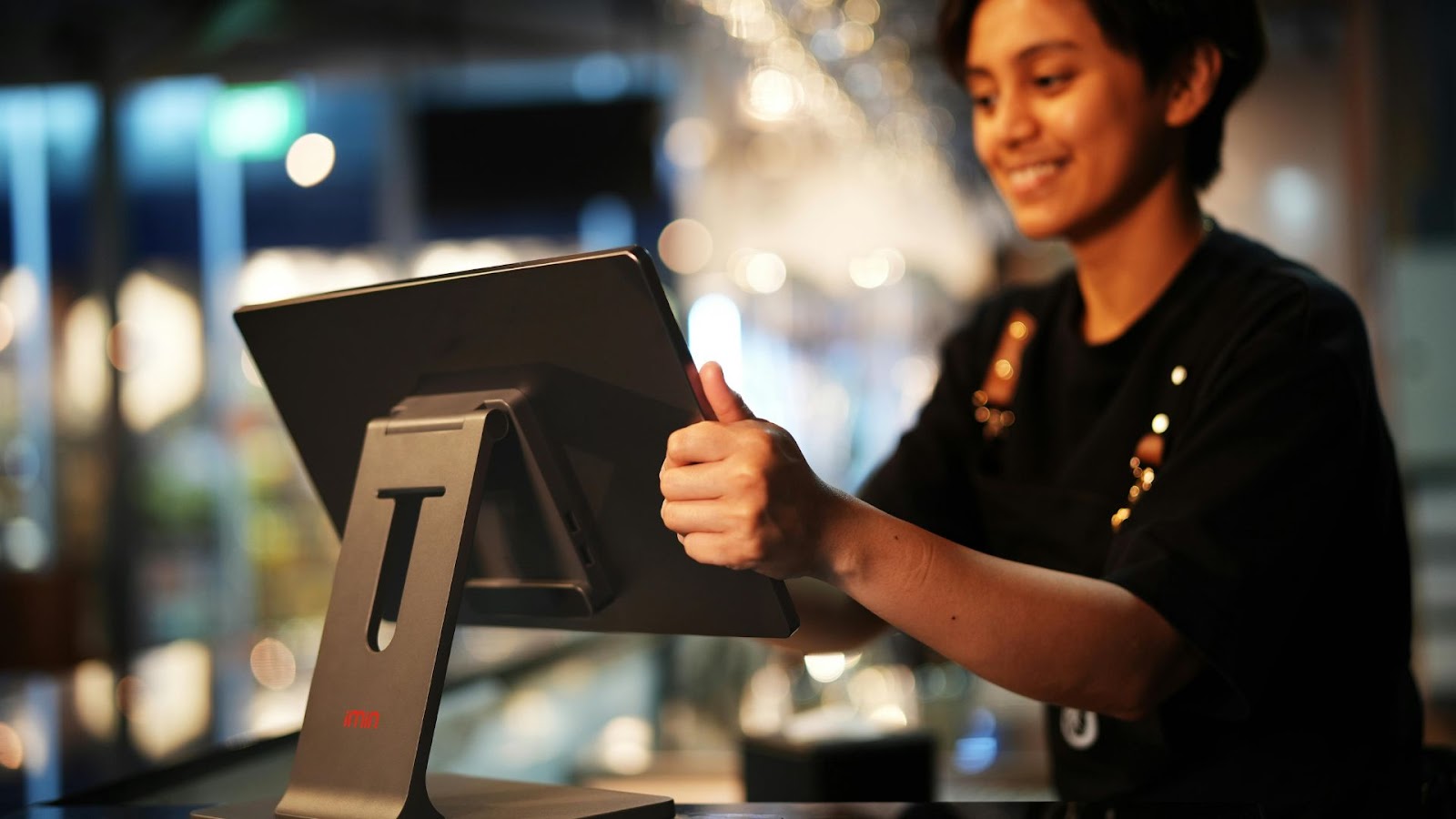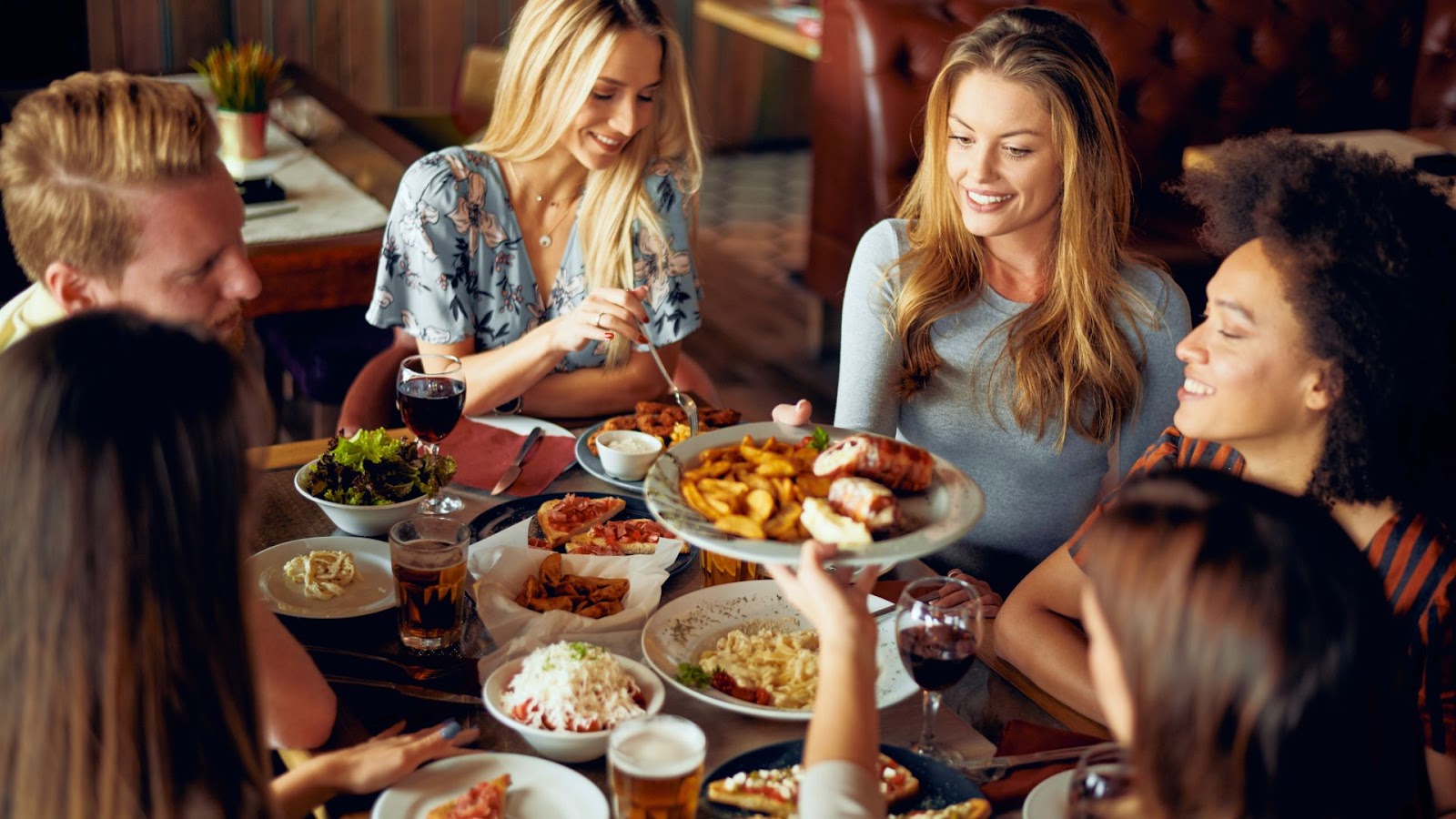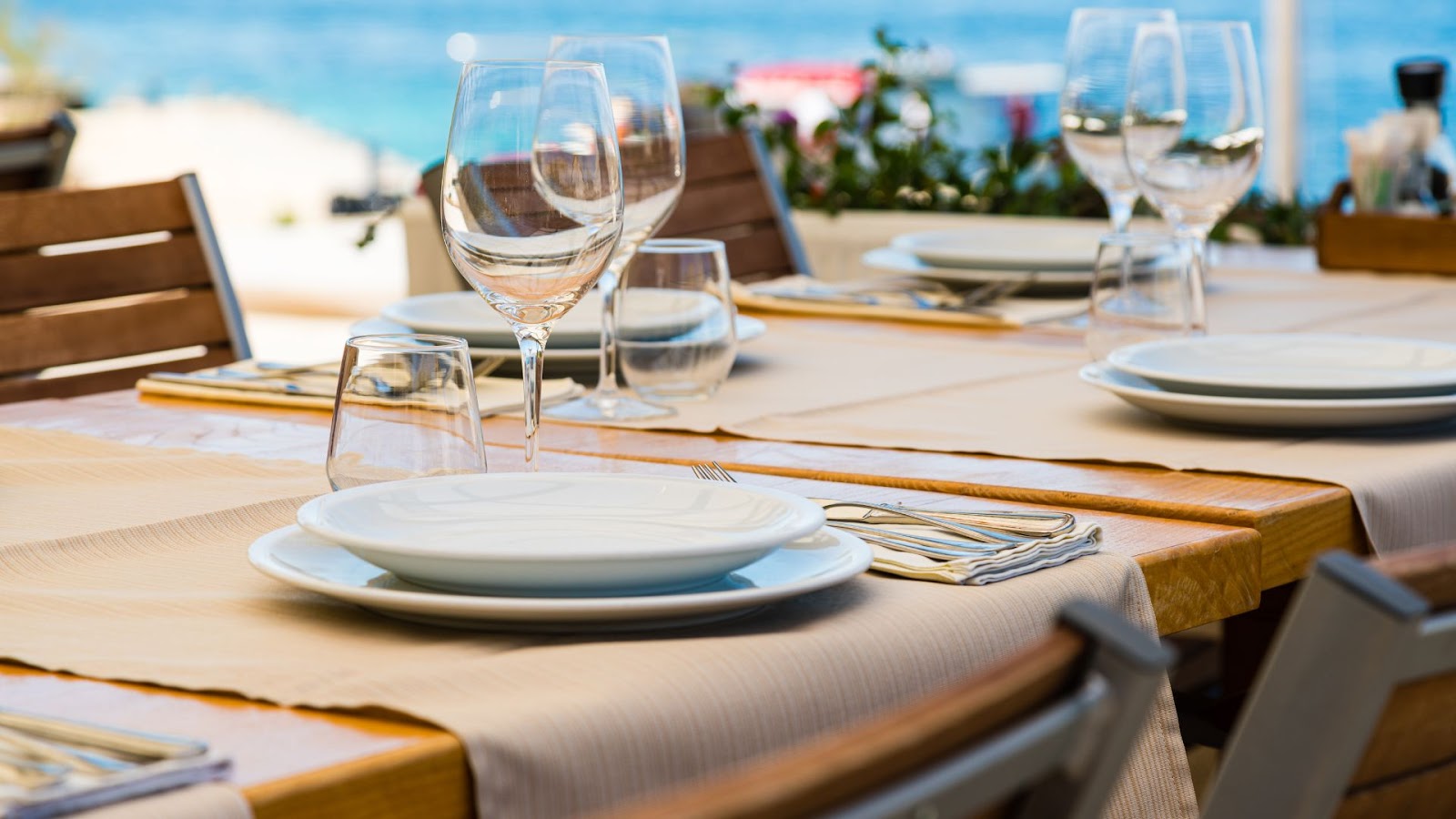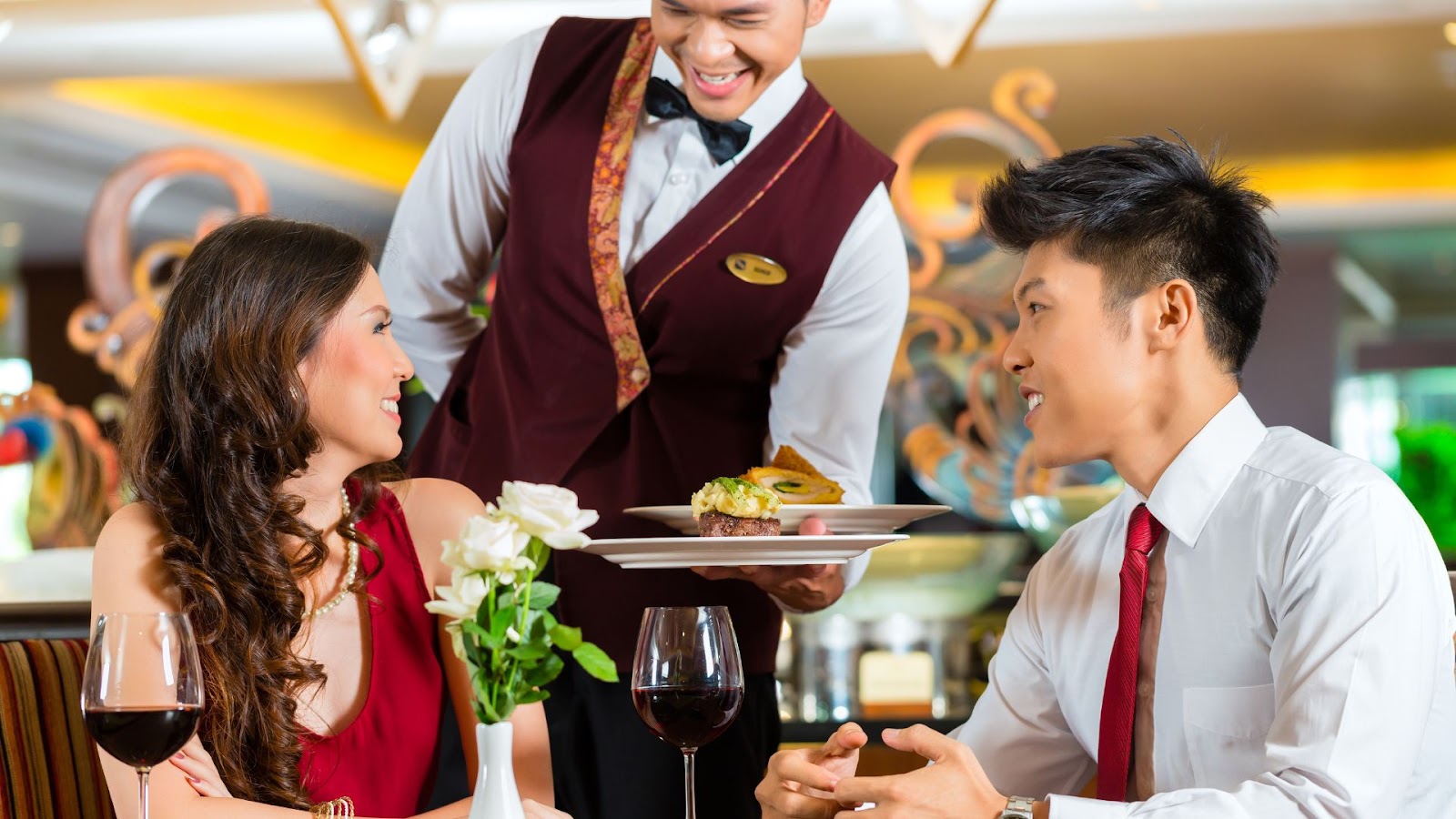July 31, 2025
.jpg)
The restaurant industry has always thrived on innovation, but the pace of change today is faster than ever. Between tech adoption, shifting customer expectations, and the rise of new business formats, 2025 is shaping up to be a transformative year for restaurants.
Staying ahead of the curve is about understanding what diners want before they ask for it, and having the tools to deliver consistently across every channel. Let’s take a look at the trends that will define the dining experience in the year ahead.
As digital transformation picks up pace, the first trend shaping the future is how restaurants interact with customers online.

Consumers no longer see digital tools as a bonus. They expect them as part of the dining experience. Whether it’s ordering from a mobile app, scanning a QR code at the table, or getting real-time order updates, diners want speed, control, and ease.
Going digital helps restaurants:
With iOrders’ QR code menus and mobile ordering, you can simplify service while staying in control of the customer relationship.
But just being online isn’t enough. The next wave of restaurant trends is all about personalization at scale.

Generic discounts and standard loyalty points just don’t cut it anymore. Today’s diners expect restaurants to understand their habits, preferences, and even dietary needs. When you use data well, you can deliver exactly what customers want — sometimes before they even ask.
Here’s how data-driven personalization is reshaping the industry:
Personalization builds emotional loyalty. Customers remember how your brand made them feel, not just what they ordered.
Also Read: Top 10 Most Profitable Food Business Ideas 2025
With better personalization in place, many brands are rethinking their formats entirely. This shift is giving rise to more flexible business models that meet customers where they are.

The line between dine-in and delivery is fading fast. Restaurants are no longer tied to a single mode of operation. Instead, many are adopting hybrid models that combine traditional dining with cloud kitchens, takeaway counters, drive-thrus, and third-party delivery platforms.
Here’s why this approach is gaining traction:
Flexibility is no longer optional. It’s a strategy for long-term survival and success.
Of course, as your reach grows, protecting your brand identity across channels becomes even more critical. The next trend focuses on how restaurants can maintain control while expanding online.

Third-party platforms may offer visibility, but they often come at the cost of brand dilution and shrinking margins. That’s why many restaurants are shifting to white-label tech that puts them back in control.
Here’s what this shift enables:
This trend is about reclaiming ownership and building equity in your own brand, not someone else’s.
With iOrders’ white-label app and review automation, you own the customer experience from start to finish — while protecting your tone, margins, and reputation.
As digital branding matures, conscious consumerism is rising fast. Diners are no longer just choosing restaurants based on taste or price. They want their values reflected in where they eat.

Sustainability is now central to dining decisions. From ingredient sourcing to packaging choices, customers are paying attention to what goes on behind the scenes.
Here’s how this trend is showing up across the industry:
Sustainability is no longer a nice-to-have. It’s a brand differentiator and a driver of long-term loyalty.
Also Read: 13 Restaurant Grand Opening Ideas to Attract Guests in 2025
And once you’ve won them over, the final piece is keeping them coming back. Loyalty isn’t just about giving rewards; it’s about creating meaningful, lasting relationships with your diners.

Traditional punch cards and generic points programs aren’t enough anymore. Today’s customers expect loyalty programs that reflect their individual habits, preferences, and values.
What’s working in 2025:
When loyalty feels relevant and rewarding, customers keep coming back—not out of habit, but because they genuinely feel valued.
Launch your loyalty program with iOrders and reward top customers with experiences that matter, not just discounts.
Also Read: How to Start a Self-Service Restaurant in 2025?
As trends evolve, technology partners like iOrders are stepping up to help restaurants stay agile, innovative, and profitable.

From digital dining to brand control, iOrders offers an end-to-end platform built for the modern food service business. Whether you're running a single location or expanding across cities, iOrders helps you stay in sync with what customers expect.
Here’s how iOrders makes it happen:
Instead of patching together different systems, you get one powerful, customizable platform that evolves with your restaurant.
Staying ahead in the restaurant world today means more than serving great food. It’s about adapting quickly, connecting personally, and delivering value at every touchpoint. The trends shaping 2025 are clear: digital-first, data-driven, and experience-led.
Whether you’re experimenting with hybrid formats, prioritizing sustainability, or building brand loyalty, the right tech partner makes all the difference. Platforms like iOrders don’t just help you keep up, they help you lead.
Ready to future-proof your restaurant? Book a demo with iOrders and discover how to align your business with what 2025 diners really want.
1. Are these trends relevant for small or independent restaurants?
Yes. In fact, many of these trends, like digital menus, loyalty tools, and hybrid service, help smaller restaurants operate more efficiently and compete with larger chains.
2. How fast can I implement tools like white-label apps or loyalty programs?
With iOrders, setup is streamlined. Most restaurants can go live with branded apps, loyalty, and digital ordering in a matter of weeks.
3. What’s the benefit of going hybrid if I only do dine-in now?
Adding takeaway or delivery can boost revenue, reach more customers, and cushion you against dips in foot traffic without changing your core offering.
4. Is sustainability really a factor in customer decision-making?
Absolutely. Today’s diners are increasingly concerned about the sourcing, packaging, and serving of their food. Eco-friendly practices can strengthen your brand and attract loyal patrons.
5. How does iOrders differ from food aggregator platforms?
Unlike third-party apps, iOrders gives you full control over branding, customer data, and pricing, without commissions eating into your profits.